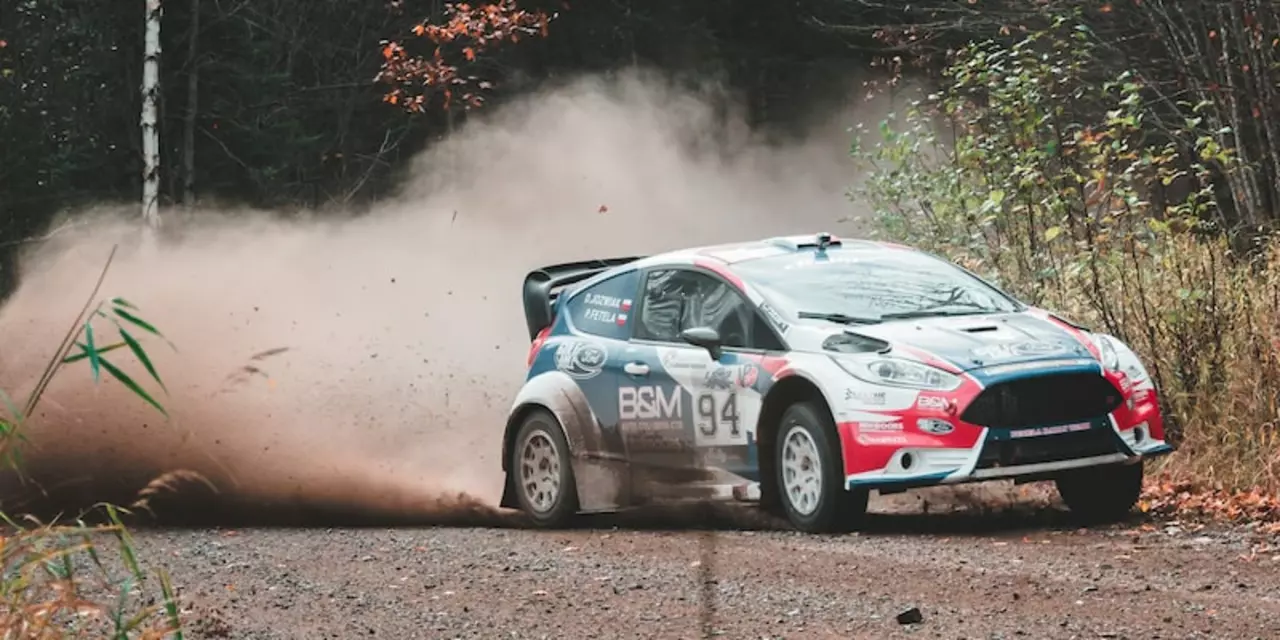Rally Driver Tips and FAQs for Every Enthusiast
If you love the roar of engines and the splash of mud, you’re probably already thinking like a rally driver. Whether you’re a teen dreaming of your first stage, a seasoned pro tweaking technique, or just curious about what makes a driver tick, this guide gives you straight‑to‑the‑point answers.
Handbrake Use – Why Every Rally Driver Needs It
One of the first questions newbies ask is, "Do rally drivers use the handbrake?" The short answer: absolutely. A handbrake helps lock the rear wheels, letting you spin the car around tight corners or shakedowns. It’s the secret behind those dramatic 180‑degree slides you see on TV. Practice on a safe, low‑traction surface, pull the handbrake just enough to slide, then feather the accelerator to control the rotation. Over‑using it kills traction; under‑using it leaves you missing the apex.
Choosing the Right Drive Layout – Is FWD Viable?
Front‑wheel‑drive (FWD) often gets a bad rap, but it can hold its own in rally stages with the right setup. FWD puts the engine’s weight over the driven wheels, giving you predictable handling on gravel and tarmac. It may struggle in deep mud compared to a 4WD, yet many drivers love its simplicity and lower cost. If you’re on a budget or just starting out, a well‑tuned FWD car can teach you balance and throttle control before you jump to more complex platforms.
Beyond the car, a driver’s mindset matters. Rally drivers focus on endurance and terrain reading, unlike F1 pilots who chase pure speed on a smooth circuit. You’ll spend more time listening to the road, adjusting pace notes, and preserving the car for the next stage. That strategic patience is what separates a good driver from a great one.
Speaking of pace notes, the co‑pilot (or navigator) is the driver’s eyes on the road. They call out each corner, surface change, and hazard in real time. A solid driver‑co‑pilot partnership can shave seconds off every split. Make sure you both agree on note style, timing, and delivery. Consistency beats drama every time.
If you’re a teen eager to jump in, start local. Look for rally clubs, attend meet‑ups, and ask for a mentorship. Safety gear is non‑negotiable: full‑length helmet, HANS device, fire‑resistant suit, and a roll cage‑approved car. Begin with entry‑level events—many series offer ‘spec’ cars that level the playing field and let you focus on skill.
Off‑road isn’t the only arena. Some drivers love the hatchback platform for dirt rally because it’s lightweight, low‑center‑of‑gravity, and easy to modify. The compact shape helps with quick direction changes, and parts are cheap. Think of a Subaru WRX or a Ford Fiesta as a solid foundation.
Ever wondered if simulators help? Absolutely. Simulated dirt rally lets you practice corner entry, braking points, and car control without risking a crash. It builds muscle memory and terrain awareness, which translates to real‑world confidence. Pair virtual laps with real‑stage runs for the best results.
Finally, safety isn’t just about gear. Know the local laws, obtain the right licenses, and respect the rally’s schedule. In places like India, you need a valid driving licence, a compliant car, and a clear understanding of regional regulations before you can line up at the start.
Rally driving is a blend of skill, strategy, and teamwork. Master the handbrake, choose a drivetrain that fits your style, and build a solid rapport with your co‑pilot. With the right preparation, you’ll feel the thrill of the stage in no time.

What are the 2 sticks used by the driver in a rally car?
The article discusses the two sticks used by the driver in a rally car. The first stick is the gear lever, which is used to change gears. The second stick is the handbrake, which is used to slow the car down in tight corners and when the driver needs to make quick changes of direction. It is also used to hold the car on a hill or when the car is stationary. Both sticks require skill and precision to use effectively, and mastering them can be the difference between success and failure in a rally.